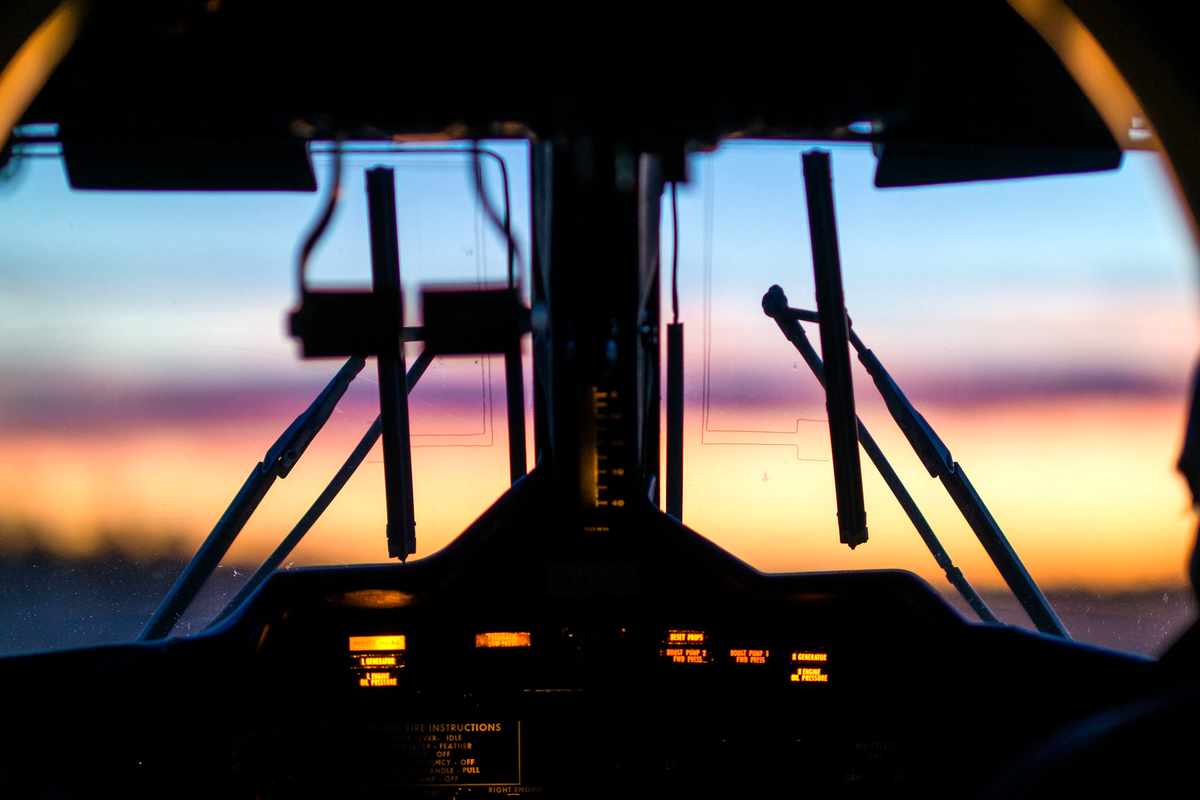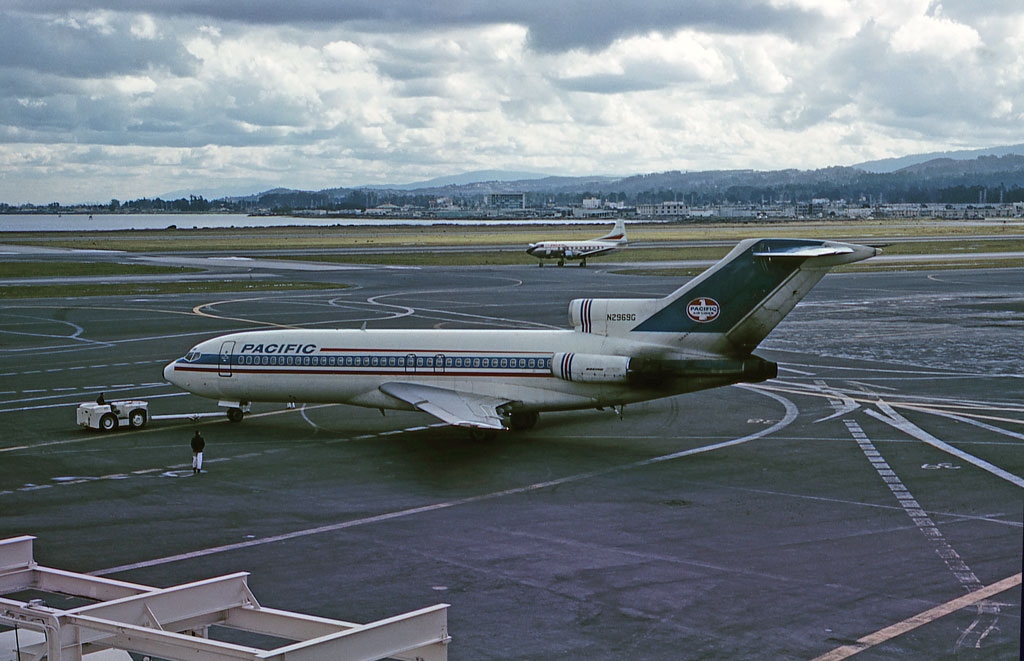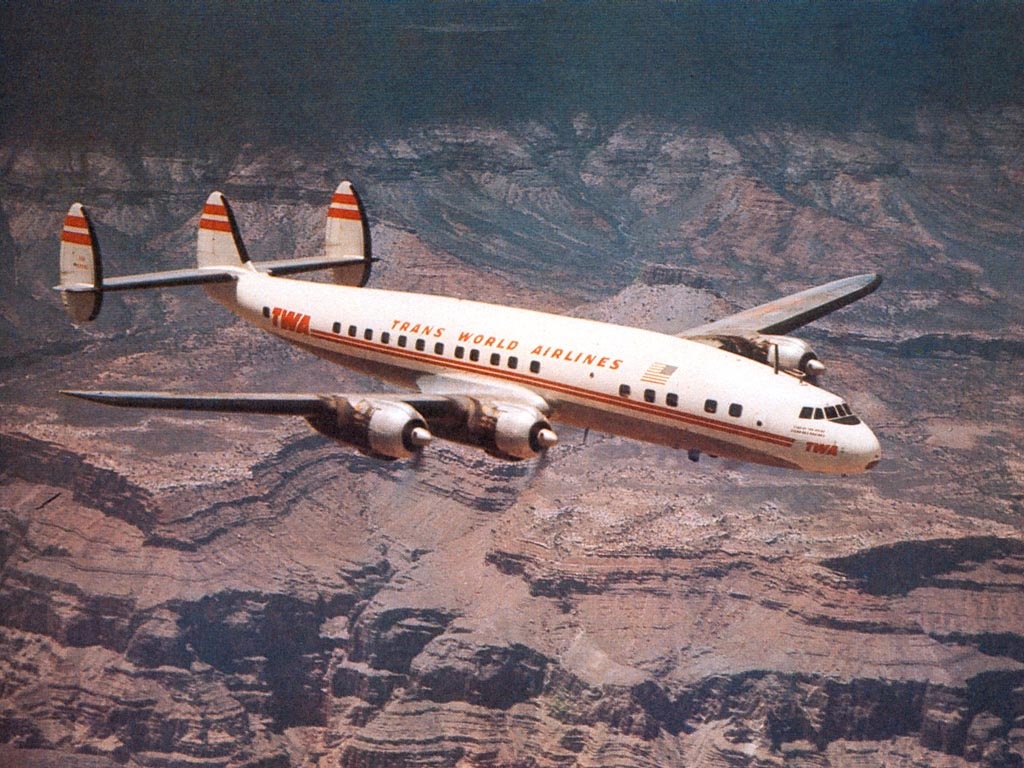How Airplanes Mostly Stopped Flying Into Terrain And Other Safety Improvements [Hackaday]

We have all heard the statistics on how safe air travel is, with more people dying and getting injured on their way to and from the airport than while traveling by airplane. Things weren’t always this way, of course. Throughout the early days of commercial air travel and well into the 1980s there were many crashes that served as harsh lessons on basic air safety. The most tragic ones are probably those with a human cause, whether it was due to improper maintenance or pilot error, as we generally assume that we have a human element in the chain of events explicitly to prevent tragedies like these.
Among the worst pilot errors we find the phenomenon of controlled flight into terrain (CFIT), which usually sees the pilot losing track of his bearings due to a variety of reasons before a usually high-speed and fatal crash. When it comes to keeping airplanes off the ground until they’re at their destination, here ground proximity warning systems (GPWS) and successors have added a layer of safety, along with stall warnings and other automatic warning signals provided by the avionics.
With the recent passing of C. Donald Bateman – who has been credited with designing the GPWS – it seems like a good time to appreciate the technology that makes flying into the relatively safe experience that it is today.
The Art Of Missing The Ground
As Douglas Adams once put it: “The knack [of flying] lies in learning how to throw yourself at the ground and miss”. As quaint as this may sound, it covers the two most essential elements of flying: keeping up sufficient velocity and navigating in a way that keeps one from intersecting with immovable elements such as mountain ranges, buildings and even just flat ground that is not a landing strip. Ideally, an airplane will thus take off, fly a set course and land again at its destination airport. Unfortunately, there are many ways in which this can go (catastrophically) wrong.
Airplane accidents cover a wide range of causes, ranging from weather-related events like downbursts – which can cause instant loss of lift during landing – to mechanical and similar issues. For the latter category famous cases include dodgy wiring causing a mid-air explosion (TWA800), and a lack of lubrication leading to in-flight failure of the horizontal stabilizer (Alaska Airlines 261). Here improved maintenance oversight has led to improvements, but it shares a similar element as the other category: pilot error, which itself is a large amalgamation of factors. Rarely is human error deliberate, but factors like fatigue, distractions, confusion, disorientation and more can all play a role in a disastrous outcome.
Perhaps most tragic here is spatial disorientation, where usually in poor visual conditions the pilot is unable to ascertain what the orientation of the airplane is. In numerous cases, this has led to the pilots giving incorrect inputs on the controls, leading to a loss of lift, attitude and ultimately resulting in a deathly spiral or the airplane simply falling out of the sky due to an aerodynamic stall. A good example of the latter is Air France 447, which occurred after the pilots were handed back control from the autopilot when due to icing conditions affecting the pitot tubes inconsistent airspeeds were registered.
Within minutes, the airplane’s crew had taken a perfectly functioning airplane from stable flight to wild curves and a steep climb, before a complete stall condition caused the airplane to plummet into the waters of the Atlantic Ocean. Despite multiple stall warnings during these wild maneuvers and clear indications on the backup (analog) instruments, the night time conditions with no clearly visible horizon likely contributed to this tragic and uncontrolled plummeting into terrain.
For such accidents, better training, better oversight of maintenance and repair work and adherence to checklists have shown significant improvements. Meanwhile the risk of microbursts has lessened with a better understanding of when they occur and how to react to them. Yet what about the risk of controlled flights into terrain?
Terrain, Pull Up

It was the Alaska Airlines 1866 crash that inspired Bateman to work on a solution for the CFIT phenomenon. This particular flight crashed in 1971 after flawed navigation led to the crew descending too early during its approach, causing it to impact a mountain. Such a controlled flight towards a certain demise had been frustratingly common ever since the dawn of commercial aviation, with the 1936 Havørn Accident in Norway involving a Junkers Ju 52 being among the first recorded incidents.
By the time of the Alaska Airlines 1866 accident, the use of cockpit voice recorders (CVR) and flight data recorders (FDR) was fortunately standard, which gave a much better idea of what the crew saw in terms of instrument data and what their input was to the aircraft’s engines and control surfaces, as well as verbal communications in the cockpit. Although faulty navigation information received by the crew on their radio equipment apparently led the crew to believe that they were closer to the airport than they truly were, the crew was blissfully unaware of their imminent doom until it was too late. What if the crew had received warning about the obstacle and their low altitude?
Called Terrain Awareness and Warning System (TAWS) by the FAA, the original GPWS system as developed by Bateman as an engineer at Honeywell used radio waves to track the airplane’s altitude, along with parameters like descent rate, bank angle and others which can potentially endanger the aircraft if exceeding the known safe range. A major limitation of GPWS is that it only considers what is below the aircraft, which is what Enhanced Ground Proximity Warning System (EGPWS) sought to improve upon. Bateman was also involved in EGPWS development at Honeywell during the 1990s.
With EGPWS, the old system is augmented with more sensors to also look ahead of the airplane, combined with GPS and a database with terrain features including airports. This new system was designed to prevent tragedies like the 1997 Korean Air 801 crash that involved the CFIT at night of a Boeing 747-300 in mountainous terrain on Guam. By effectively creating a virtual corridor in which the airplane moves, any deviations can ideally be quickly noticed and reported to the crew, who can then correct the course.
Collisions

Not all kinetic events while the airplane is still fully under control of the crew involve the ground, of course. This was painfully illustrated back in 1956 when a Lockheed L-1049A and a Douglas DC-7 collided above the Grand Canyon. This accident cost 128 people their lives when the two airplanes unexpectedly encountered each other while maneuvering around cumulus clouds. The DC-7’s left wing destroyed the Constellation’s tail, followed by both critically damaged airplanes hurtling towards the ground.
This crash led to wide-scale changes to air traffic control (ATC), as well as the realization of a need for better separation of flights that did not rely on visual detection by the pilots. Following this, the 1958 mid-air collision, of another DC-7 (United Airlines 736) with a military F-100 Super Sabre jet fighter further served to underline the need to merge the ATC for military and commercial flights into one system, leading to the formation of the FAA after dissolving the previous Civil Aeronautics Administration (CAA).
The 1956 Grand Canyon collision would also result in the creation of the Traffic Collision Avoidance System (TCAS) which has undergone many iterations over the decades. At its core it uses a transponder to provide bidirectional communication between TCAS-equipped airplanes. This ensures that the avionics of each airplane is aware of surrounding airplanes, with the possibility to warn the pilot of an impending collision, as well as as automatic avoidance on some airplanes. Theoretically this means that each aircraft is provided with a virtual safety bubble that no other airplane can enter without being tracked. Although not perfect, and not every airplane is equipped with TCAS – mostly smaller airplanes – each incident and near-miss despite TCAS has led to further improvements.
Safer But Not Safe
Every form of travel comes with a certain risk, so the real question is not which form of travel is perfectly safe, but rather how one can minimize the risks involved. Here we can clearly see in the statistics that the risks in the air are fairly minimal, while the risks of landings and take-offs keep increasing. With more and more flights starting and landing at airports around the world, landing and take-off slots become very congested, leading to accidents and incidents involving runway incursions. A recent example of this is the 2024 Haneda Airport runway collision that saw an Airbus A350 practically land on top of a De Havilland DHC-8 (Dash 8). Fortunately a disaster approaching the 1977 Tenerife airport disaster was here narrowly avoided, albeit with the loss of life in the DHC-8 aircraft.
For the past years, airports around the world have increasingly been adding more technology to keep track of not only airplanes in the sky, but also those that are taxiing or standing around the airport. Especially on busier airports it seems that this is the next frontier in air safety. Ironically not in the sky, but while still on the purportedly safe ground, which brings once again to mind the saying about flying being safer than traveling on the ground. Thanks to EGPWS, TCAS and other innovations this is now more true than ever.
Featured image: “Grand Canyon Sunset Through a de Havilland DHC-6 Twin Otter Airplane Cockpit” by Nan Palmero.

![how-airplanes-mostly-stopped-flying-into-terrain-and-other-safety-improvements-[hackaday]](https://i0.wp.com/upmytech.com/wp-content/uploads/2024/02/167124-how-airplanes-mostly-stopped-flying-into-terrain-and-other-safety-improvements-hackaday.png?resize=800%2C445&ssl=1)